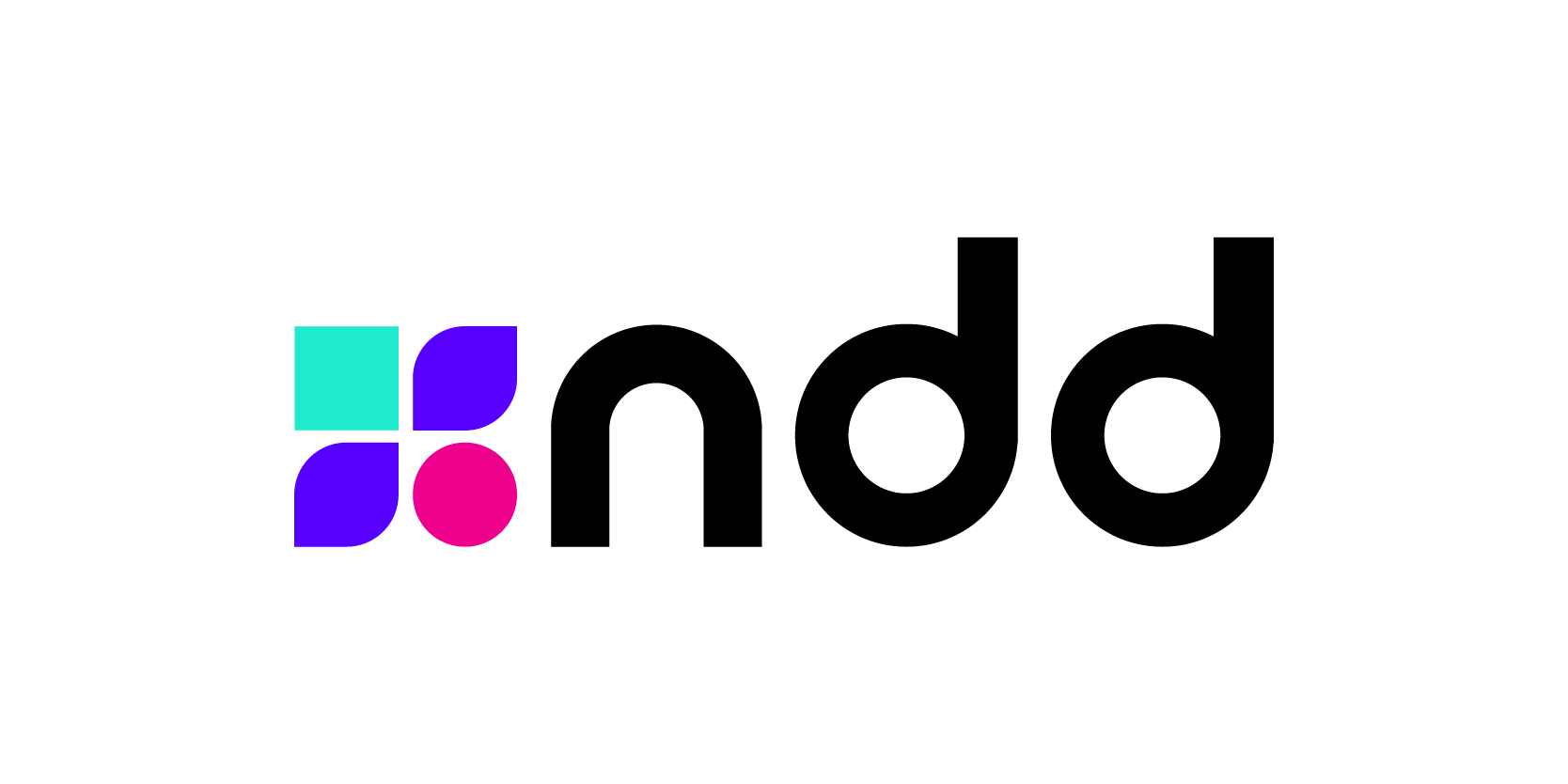The print provider’s role is to ensure customer and company information privacy and guide them through the best security practices, including in hybrid or home office work settings. Discover how device management protects your data.
One of the print industry trends is the “Bring Your Own Device” or BYOD. This new relationship profile with companies is due to the expansion of hybrid work and the increased frequency of home office days. On one hand, it pleases due to its flexibility; on the other hand, it raises concerns, especially regarding security.
Many surveys conducted by major players in the print management software market have shown how printers and devices used for this purpose are vulnerable for organizations. More than half of IT executives are uncertain about the security of print environments, which becomes more relevant in the era of flexibility, mobility, and hybrid work.
The potential exposure of company and customer data poses financial and reputational risks. After all, which company likes to see its name involved in situations indicating a lack of care for its data and that of its customers?
Why are printers a concern?
Printers have become multifunctional devices that do much more than just print. These devices contribute to document scanning, copying, and email-sending workflows and can be the entry point for cybercriminals in a structure where various platforms are converging and integrated.
That scenario becomes even more worrisome when people work from their homes, requiring extra attention to protect the organization’s data. In a data-driven world, there is the possibility of offering more personalized services, but at the same time, the risks increase if this information falls into the wrong hands.
And what can be done to have secure printing?
- Secure codes – That involves precautions when developing print management solutions. Safety methodologies are applied, with security requirements at all stages and a search for vulnerability identification.
- Cloud protection – If the cloud allows flexibility and scalability of solutions, especially in hybrid work and the era of BYOD, it requires more attention to security. Apply security measures such as two-factor authentication, encryption, and regular backups are relevant.
- Compliance – Print security is a broad concept and should be monitored by the compliance area. Following the data regulations of each country (regulating the processing of personal data) and monitoring other relevant rules is crucial.
- Certifications and audits – That is one way to discover if a company working with print management follows international data practices. International standards such as ISO 9001 can be mentioned, indicating the adoption of consistent process and operational standards.
- Team – It is no secret that the human factor is a key element of cybersecurity. Many successful cyberattacks originate from the lack of attention and care of people. It is the role of print providers to offer training and education to reduce this risk.
It may sound exaggerated, but good device management is a relevant step to guarantee data privacy. Ensuring security is already one of the main criteria for clients when choosing a print provider.
Talk to one of our consultants and find out how NDD Print protects your print fleet!



